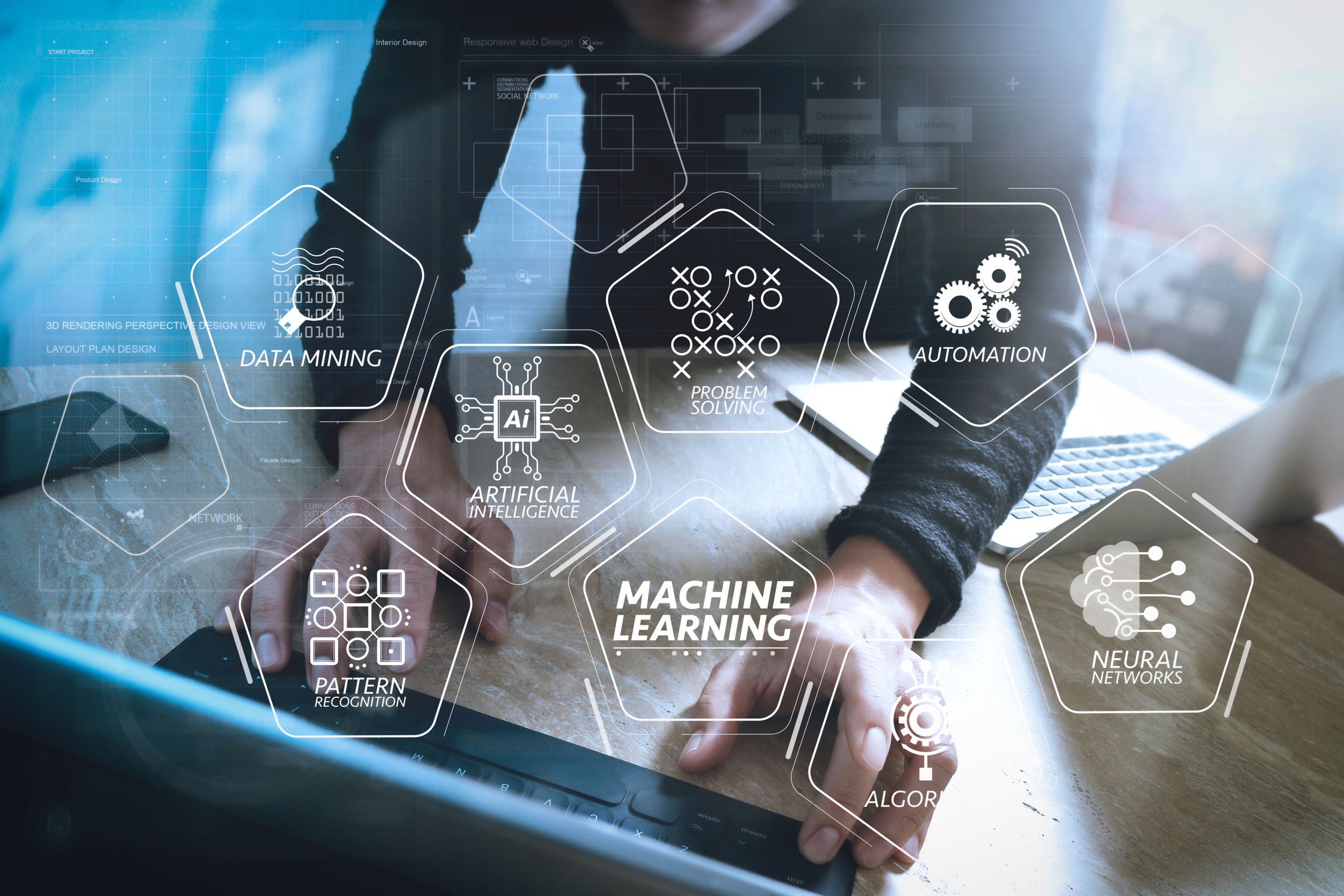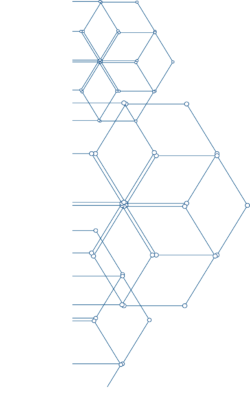Taking the next steps in intelligent tools
- Shawn Liew

When it comes to artificial intelligence (AI), machine learning and automation, there exists an almost resigned acceptance that these technologies will forever change the way we live, interact and work.
While this may be a statement that is hard to argue against¸ the rise of these “intelligent tools” does not necessarily translate to diminished human control. “Intelligent tools are assistants, and cannot give you answers,” said John Sumser, speaking exclusively to HRM Magazine Asia. “They can offer solid input to your decision-making. But, unless you are careless, the decisions should always belong to people.”
Highlighting that any intelligent tool is only as good as its data, he explained, “An intelligent tool is something that uses machine learning, AI, or some other form of advanced statistics to help you make sense of data. They are very good at understanding the past, and not so good at understanding the future.”
Sumser, who will be speaking at HR Tech Fest Connect 2020, considers the use of intelligent tools as a journey, rather than a destination. It stands to reason then, that for the best possible result, organisations should continuously improve the questions they ask, as they adopt and use intelligent tools to make themselves more flexible over time.
“All intelligent tools require diligent maintenance both of the tool and the data itself. The underlying models have a tendency to drift and need readjusting from time to time. Sometimes, when the circumstances change radically, the entire model is thrown off kilter and must be rebuilt.”
Redefining HR Tech
In the on-going wake of the COVID-19 pandemic, many HR functions are being rebuilt, as many things then were previously taken for granted are being upended by circumstances. In particular, Sumser believes that the way we think about HR Tech in general, and AI/intelligent tools in particular, have changed forever.
He cited the example of Socrates.ai, a tool that integrates all HR Tech systems, employee manuals and other sources of policy into a single conversational database, in turn creating an intelligent knowledge manager. “As work becomes more and more distributed, HR’s role as the provider of answers and continuity grows. This is an area where automation really helps.”
Through keystrokes, browser behaviour, work documents, communication/video streams and other collaboration networks, HR departments are already receiving tons of data from employees. The role that intelligent tools will increasingly play, is to understand both the content and structure of this data. “We will redesign work based on data, and we will be using intelligent tools to manipulate and understand that data,” predicted Sumser.
And as the world moves toward the next plateau of COVID-19, he advises organisations to start thinking about what business they will be in then. “Make decisions about restructuring and efficiency with something more than just cost-savings in mind, [because] many industries will be forever changed.”
Integrating machine intelligence with the workforce
Much like the world is continuing to adapt to COVID-19, organisations will learn more about intelligent tools as they go along, said Sumser. “What we thought was right last week, or even yesterday, usually turns out to only be a part of the whole answer. Being comfortable that we are continuously learning is a skill that can be taught.”
For any workforce looking to use intelligent tools, competencies of numeracy and the ability to be comfortable with maths and statistics, are basic requirements. Beyond that, avoid the fallacy of doing things in a certain way just because the machine says so, emphasised Sumser. “Because all decisions are made at a point in time with a given set of data, nothing is certain. But, by keeping close tabs on your expectations and assumptions, you can make good decisions and keep learning.”
There is a misguided inclination to trust the outputs of a machine just because it is a machine, while losing confidence when the machine makes an apparent mistake. Neither point of view is helpful, as he explained, “Machines are like novice interns. They do what they’re told, only stop when you tell them, and can’t innovate. Introduce intelligent tools to the workforce with the reminder that the machines are not the human. It is the human who is responsible and accountable.”
Making a statement on ‘AI Safety’
During his keynote address at HR Tech Festival Asia 2020, Sumser will also be highlighting the concept of ‘AI Safety’, the essence of which he defines as the anticipation and monitoring of unintended consequences. Likening it to an ethics committee in earlier times, he describes a team of people who are tasked with thinking out worst-case scenarios and monitoring outliers.
To begin, make an inventory of all the intelligent tools in your systems. Then, clear monitoring of performance degradation should be an essential part of every single instance of intelligence in the system. This is because most data models age as their underlying assumptions become invalidated by the data they process.
Next, understand the importance of monitoring the health of the underlying data. “Imagine, for example, that one of your intelligent tools estimates the risk that a person will leave their job,” Sumser elaborated. “The models are built on historical data from an extraordinarily good economic climate with serious talent shortages. That data won’t be inherently useful in a downturn with high unemployment.”
Intelligent tools also have the net effect of moving decision making closer to the places that produce value. Safely managing the workforce’s newfound responsibilities, thus, involves patience and understanding, as does the fact that sometimes, entire data sets need to be discarded. “Once the model is completely out of synch with reality, you have to start over. One replaces models in intelligent tools the way one replaces tires on a car. Instead of patching the old ones, get new ones,” said Sumser.
He went on to reveal the most important aspect of ‘AI Safety’, which is monitoring and governance, and recommends that every organisation should have a team that monitors, assesses, and questions intelligent tools deployments. “Because we learn so much, this has to be an ongoing function with rotating membership, which helps keeps the group’s perspective fresh.”
 |
|
///
|
||






